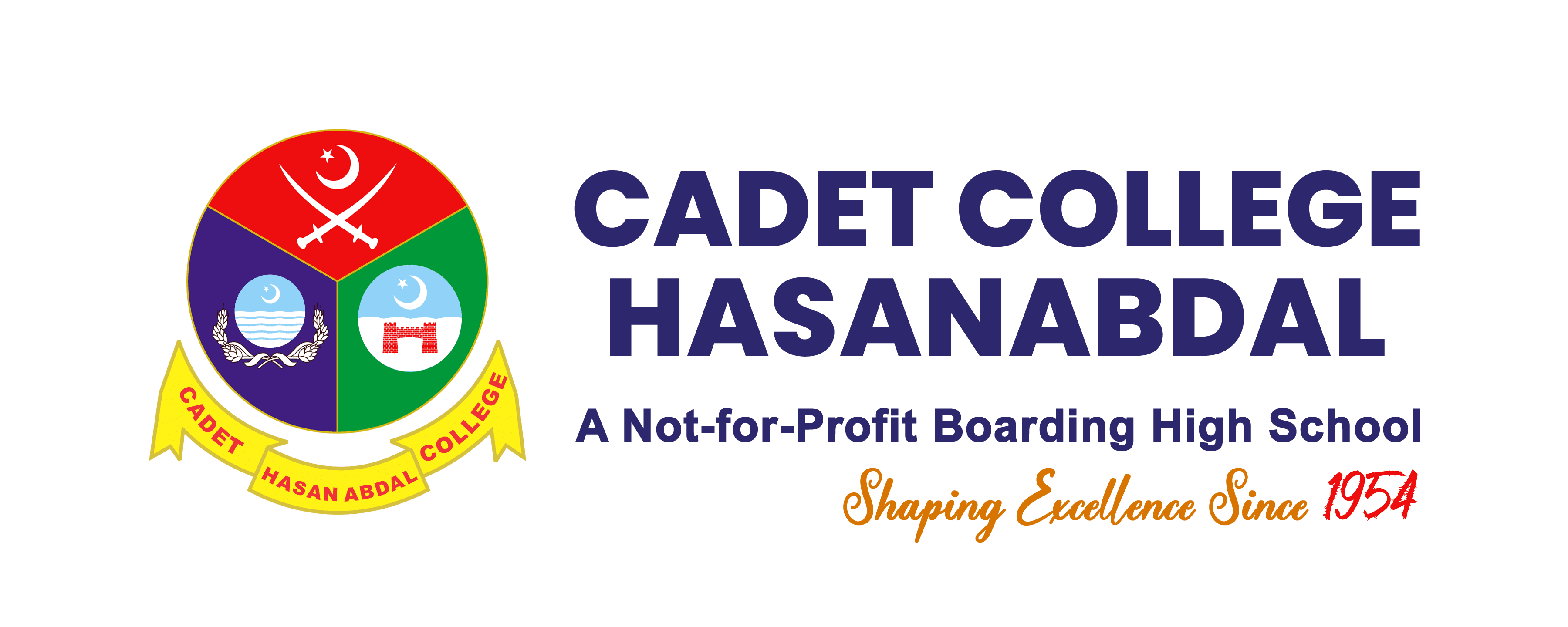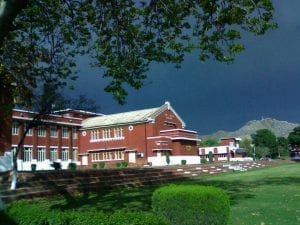Standing majestically along the Grand Trunk Road, the College building is a blend of tradition and modernity. It houses smart classrooms, state-of-the-art science laboratories, and administrative offices. At its heart lies the Naeem Hall, a multi-purpose auditorium where cadets gather for exams, weekly movie screenings, guest lectures, and other formal events. Behind it stretches the iconic College Oval, a symbol of unity and tradition.
Established in 1952, Cadet College Hasanabdal was the first quasi-military boarding institution of its kind in the country, organized in the British tradition. The purpose was to establish a military feeding institution for the Services Academies. Consequently, military wings were started in 1952 at Government College Sahiwal (then known as Government College Montgomery) and Islamia College Peshawar. For the present structure, the land that used to be the firing range was provided by the Pakistan Army, and funds were allocated by the Government of Punjab. The Chief Architect for Government of the Punjab, Habib J. A. Somjee, shaped the marvels of this prestigious institution. The initial structure of Punjab Cadet College (the first name of CCH) was completed in 1954, and classes commenced in the month of April as military wings from Sahiwal and Peshawar were combined at Hasanabdal.
Complementing its strong foundation is the College Coat of Arms, a heraldic emblem rich in symbolism and legacy. Though it has evolved over the years in form, its core elements remain unchanged. The red segment with two crossed swords symbolizes the College’s origin as a military feeder institution. The blue segment on the left represents Punjab — the land of rivers, while the green segment on the right features the historic Bab-e-Khyber, symbolizing the lush northern frontiers of Pakistan. This emblem encapsulates the mission, geography, and spirit of Cadet College Hasanabdal.
Its founder Principal was Mr. Hugh Catchpole, an eminent British educationist who had been at Rashtriya Indian Military College Dehradun, India, for many years before being specially invited by the then Commander-in-Chief, Ayub Khan, to raise a similar school in this new country . It remained under British Principals till 1971 i.e. Hugh Catchpole, CBE, OBE (UK), SI (M) & HI M, posthumous (Pakistan), (Oct 53 – Feb 58), A.W.E. Winlaw (Jan 59 – Dec 64), and Lt Col. J.D.H. Chapman (Dec 64 – May 71). CCH has also the honour of being the last resting place of Sir Hugh Catchpole, and thereby, being the mecca for all his students in the Sub-Continent.
Mr. Hugh Catchpole, an Englishman, who gave this institution a remarkable start, which the successive generations of principals, teachers and Abdalians are trying to maintain by putting in their all-out efforts. Primarily, the College prepares the cadets for the SSC and HSSC examinations from Federal Board Islamabad and GCE O Level and A Level from Cambridge University Examinations.
Similarly, it achieves admirable success in Cambridge University Examinations. Moreover, being a residential institution it offers a wide range of co-curricular and extra-curricular activities, which instill leadership qualities and confidence in the cadets and give them an opportunity to explore and then promote their talents; it also emphasizes on all-round personality development and character-building of its cadets.
The total strength of the College is about 600 cadets, who are selected in a batch of nearly 120 in 8th grade after qualifying the written examination and interview. The training is oriented to prepare the cadets for the Armed Forces, but they are at liberty to pursue any career of their choice. Nowadays, Abdalians are joining all walks of life, leaving their mark in almost every profession.
In the battlefield, the old boys of this College have set records of bravery by sacrificing their lives for their sacred Motherland. Sitara-e-Jurat has been conferred on as many as 18 old boys of the College! The list of achievements of Abdalians in civil and Armed Forces goes on and on! This College has contributed comprehensively and substantially to the progress of our country: perhaps, it has delivered far more and far better than visualized by its founding fathers. Truly, it would not be wrong to say that this College has earned a unique and unparalleled place of excellence all across Pakistan.


